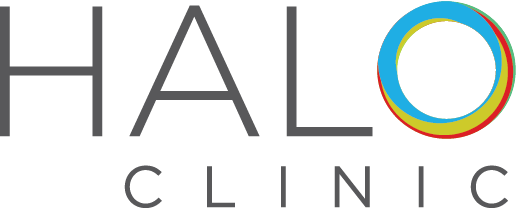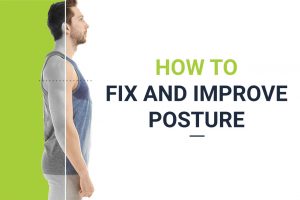Wellness Tips for Working from Home Pain Free
Do you finally have a routine developed for working from home? Are you noticing some aches and pains associated with your new workspace? Don’t worry, you are not alone. There have been a number of patients experiencing the same concerns and here are a few tips to reinforce good posture and manage those aches and pains.
Have your work look you in the eye
Raise your screen so that it is at your eye level so that you avoid bending your head forward. Forward head posture increase tension on the muscles and joints in the neck and can lead to issues such as headache.
Pro Tip: Place a post it, colored piece of tape or special piece of artwork on the wall behind your screen – just above the screen. Every 5–10 minutes try and take a look at the marking. This will cause you to extend your neck and lift your head upwards which can help to take tension off of the muscles in the neck and upper back.

Make you sure you have a handle on your keyboard
Set the height of your keyboard so that your arms can hang by your sides and your shoulders are dropped. When you have done this, bend your elbows to 90°. At this position, your hands should be over your keyboard and your fingers should be able to reach all of the keys with slight movements in the elbow and shoulders
Pro Tip: Every 30 min perform a stretch where you are basically asking your screen to hug you. Drop your shoulders, open up your elbows and face your palms towards your screen. In this position begin contracting your shoulder blades towards each other and down (as if you’re trying to hold onto a pencil with your shoulder blades). Make sure your video screen is muted otherwise your colleagues may get the wrong idea 🙂

Stand your ground
If sitting, have your both of your feet firmly placed on the floor with your knees bent to 90°.
If standing, make sure your feet are shoulder width apart with a slight bend in your knees to keep them from locking. You may also keep a small stepping stool and place one foot on it at a time – this will unload the back on the same side as the foot you’re standing on the stool with. It is recommended that if you are going to use a stepping stool to rest your feet, remember to alternate them regularly so as to avoid creating any asymmetries in your back.
Pro tip: Invest in a wobble cushion or disc (they are around $30). This inflatable disc can be placed on the surface of any chair you sit on. It mimics an exercise ball in that it will keep your core muscles active by trying to stabilize your spine and prevents direct pressure on your tailbone. Added bonus, you can also use the disc to perform a number of different balance exercises.








